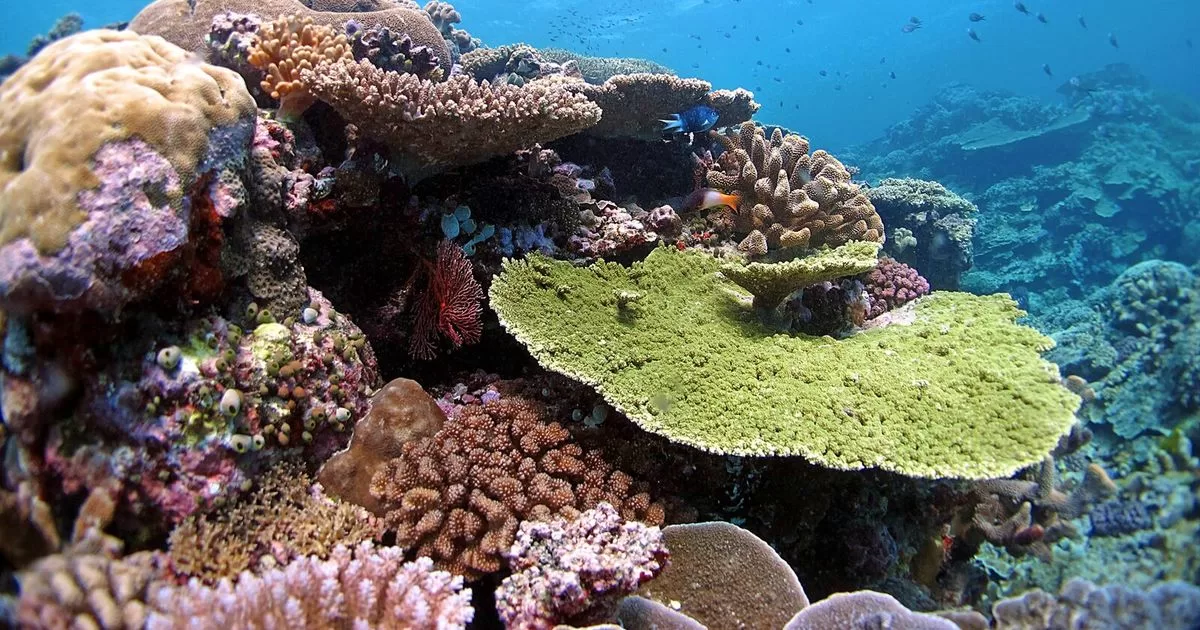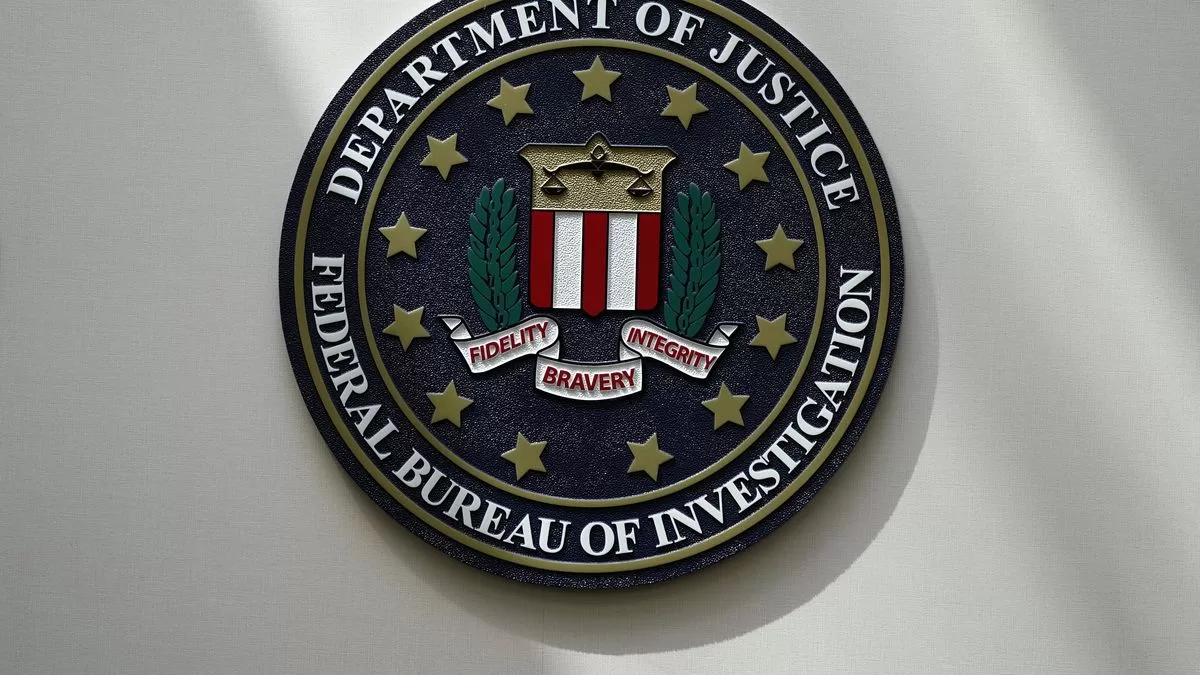MIAMI — Record sea water temperatures killed more than three-quarters of the man-grown coral that scientists had placed in the Keys. Florida in recent years in an attempt to keep a threatened species highly vulnerable to climate change, researchers discovered.
Researchers from the National Oceanic and Atmospheric Administration (NOAA) this week returned to five reefs where they had planted staghorn and elkhorn coral, both classified as threatened on the endangered species list. , to see how they had responded to continued high water temperatures, above 30 degrees Celsius (90 Fahrenheit), this past summer and fall.
Most did not survive.
Additionally, they observed widespread deaths in both stocked and wild corals on five reefs in the Keys.
Scientists blame man-made climate change, fueled by the natural El Niño phenomenon, for making the water too warm for the delicate corals, which are animals, to survive. After trying to rescue corals last hot summer, this was the scientists’ first winter dive to check what had survived.
Disruptive loss
Only 22% of the 1,500 repopulated staghorn corals they examined were still alive, NOAA said. In the case of the elkhorn coral, only 5% of the 1,000 placed were still alive. On Looe Key, the northernmost of the reefs surveyed, “we did not find any live staghorn or elkcrow corals, either wild or planted,” said coral biologist Katey Lesneski, research and monitoring coordinator for Mission Reefs. Agency icons.
“It’s really horrible to witness this,” Lesneski said in an interview just two days after the end of the dives. “In addition to thinking about the economic and ecological benefits that the reefs and these corals provide, there is the loss of the intrinsic beauty that many people come to see and experience in the keys. And coming to terms with the loss of that is also very disturbing.”
“There’s a lot of data left to collect to really understand the full impact,” Lesneski said, “But we certainly haven’t seen anything like this in recorded human history.”
They are normally corals of intense red, yellow, tan and brown colors. But what Lesneski and other researchers saw on their dives were dead corals with greenish-brown algae ensconced in their lifeless skeleton, giving them a “pretty drab” appearance, he added.
Not only are populations of staghorn and elkhorn corals declining so much that they are in danger of extinction, but they are also crucial to a vast community of different types of coral because they form the framework that serves as a “structural framework.” ” for coral habitat, Lesneski noted.
Source: With information from AP





